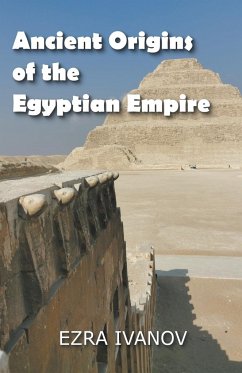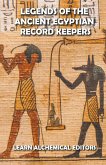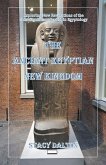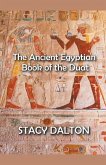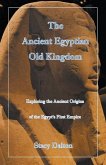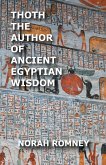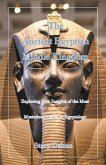It is nearly impossible to imagine Giza any different today with its desert backdrop and its majestic, sentinel-like pyramids that can't help but exude a sense of permanence. Edfu's account, compiled from a series of now lost books attributed to the moon-god Thoth, allows us to reconstruct how the Giza plateau may have looked over 11,000 years ago. Giza was built around a shallow lake, fed directly from the Nile if the texts were believed. This ecosystem is similar to what one might see today in equatorial Africa. If we find a time machine and travel back to this distant era, we would find a hot, humid atmosphere alive with lush green vegetation. This hypothesis is not mere speculation, for it is known that the river used to flow closer to the plateau's edge in the past. In addition, evidence of a lake and dock dating back to Old Kingdom times has also been found beyond the plateau's western limits. In the eyes of the Shining Ones, this would represent the primordial sea of chaos from which the first land appeared at the beginning of Time.
Hinweis: Dieser Artikel kann nur an eine deutsche Lieferadresse ausgeliefert werden.
Hinweis: Dieser Artikel kann nur an eine deutsche Lieferadresse ausgeliefert werden.

